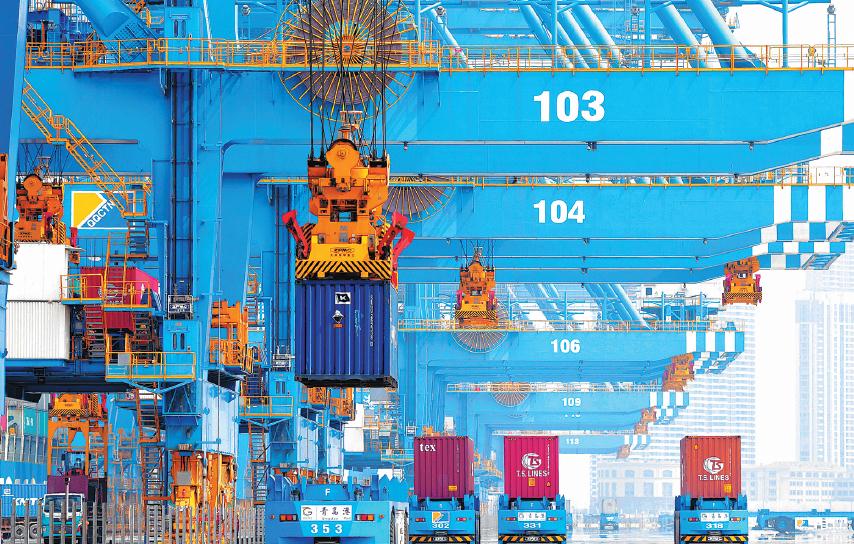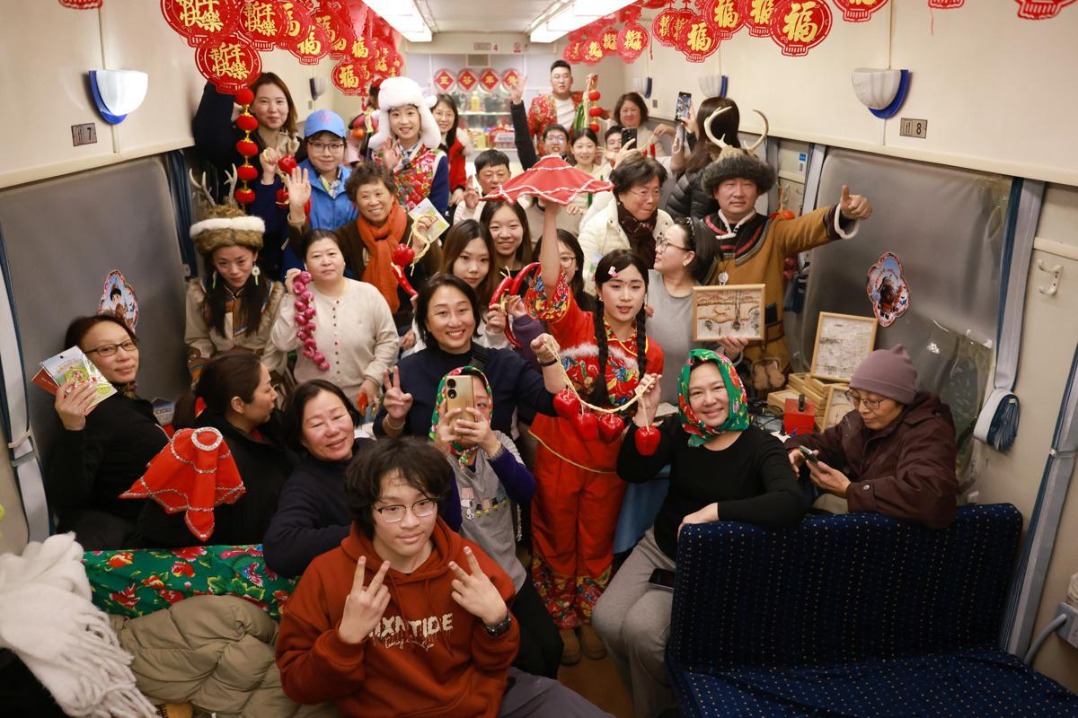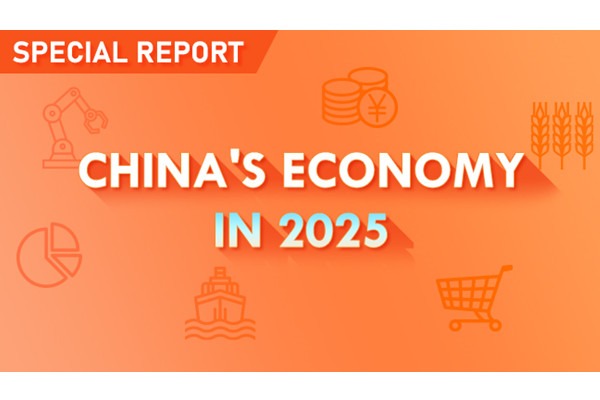HK manufacturers see light in mainland exports


Hong Kong's manufacturers have cast a vote of confidence in the future on the Chinese mainland's better-than-expected exports growth and a relatively stable pandemic situation.
They plan to expand the domestic market, reduce dependence on the US and the European Union, and accelerate digitalization to offset global uncertainties created by COVID-19.
The mainland posted a record trade surplus last year — up 27.4 percent from 2019 — while the Association of Southeast Asian Nations became China's top trading partner, followed by the EU and the US.
Thousands of Hong Kong manufacturers have factories based in Guangdong province, especially the Guangdong-Hong Kong-Macao Greater Bay Area.
Allen Shi Lop-tak, president of the Chinese Manufacturers' Association of Hong Kong, said as the COVID-19 pandemic had eased on the mainland last year, both domestic and global market demand for Hong Kong goods had gone up, including medical products, electronics and daily necessities.
The Hong Kong Trade Development Council Export Index released in December showed that Hong Kong exporters have grown increasingly optimistic, rising by 11.1 points to 36.2 in the fourth quarter of 2020 — the third consecutive quarterly increase.
The surge was driven by growth in exports to the mainland, Japan and ASEAN markets. Although performance in the US and EU markets was less satisfactory in 2020, the demand for Chinese goods was on the rise.
But Shi noted there's still a shortage of containers and a weak labor force.
Shi is the founder and chairman of Brilliant International Group — a Hong Kong manufacturer of packaging and paper products. His clients include upstream manufacturers of toys, electronics, food and beverages and other consumer goods.
Disrupted by the pandemic in the US and EU, many containers remain stuck overseas and are unable to return to Guangdong, resulting in a severe shortage, pushing up prices, said Shi.
With the Year of the Ox around the corner, the pandemic has reemerged in parts of the mainland. Some factory workers in Guangdong are returning to their hometowns earlier than usual, further piling up orders to be delivered, he said.
Shi said Hong Kong manufacturers' chief concern is how the pandemic develops. Riding on the country's "dual circulation" policy, he said the CMA will help members to expand in the domestic market, seek opportunities in ASEAN and reduce their reliance on the EU and the US.
"We'll be walking on two fronts — domestic and overseas," he said.
Once the pandemic is under control and travel between Hong Kong and Guangdong returns to normal, the association will organize exhibitions in Guangdong by Hong Kong manufacturers to help promote local brands, he said.
The association will continue to cooperate closely with the Hong Kong Productivity Council to expedite digitalization of members' production chains to offset the labor shortage, he added.
In the first 10 months of last year, Hong Kong's exports fell by 3.7 percent, compared with an 8 percent decline in the first half. There're signs that the contraction caused by the pandemic and other factors may have bottomed out, said HKTDC Director of Research Nicholas Kwan Ka-ming.
Driven by the base effect, Hong Kong exporters are expected to see growth of about 5 percent next year, taking advantage of domestic opportunities brought by the country's "dual circulation" policy, and regional trade stimulated by the Regional Comprehensive Economic Partnership agreement, Kwan said.
Carlos Casanova, senior economist for Asia at Union Bancaire Privee, noted that better external demand has also boosted export-related professional services in Hong Kong, which continues to be the preferred offshore center for Chinese companies looking to go global.
He said it'll be more important for service providers in Hong Kong to cater for ASEAN's needs as intra-regional trade will continue to provide impetus for growth and a shift in supply chains, as well as China's greater focus on the domestic market in the next five years.
- 10 dead and 84 injured in explosion at steel plant
- China unveils flexible urban planning rules to improve lives, foster new industries
- Ex–China Construction Bank executive gets 18 years for bribery, loan violations
- First batch of eco-friendly pioneer zones for construction of beautiful countryside unveiled
- Woodpeckers, finches captured in Jilin winter scenes
- Mainland reiterates 1992 Consensus as foundation for resuming cross-Strait dialogue




































